#Adrienne Wilkinson
Text


S06E02 "The Haunting Of Amphipolis"
41 notes
·
View notes
Text
TED RAIMI and ADRIENNE WILKINSON in the TikTok video, which was filmed on Xenites Reunion Weekend Convention on January 28, 2024.
19 notes
·
View notes
Photo

39 notes
·
View notes
Photo



Eve hugs Gabrielle | Xena: Warrior Princess 6x14
#xena: warrior princess#xenaedit#xena#gabrielle#eve#varia#adrienne wilkinson#lucy lawless#renee o'connor#gabrielle and eve#aflawedfashiongif#affxena#xena: season 6
361 notes
·
View notes
Text
Cousins? Half-sisters?


Left: La'an Noonien-Singh ("Star Trek: Strange New Worlds")
Right: Lexxa Singh ("Star Trek: Renegades")
"Renegades" was of course never canon, and in Amy case is a different continuity. But it's still fun to speculate.
#la'an noonien singh#lexxa singh#strange new worlds#renegades#star trek: strange new worlds#star trek: renegades#christina chong#adrienne wilkinson#star trek#khan noonien singh#descendants#clone
2 notes
·
View notes
Text
Whirlwind
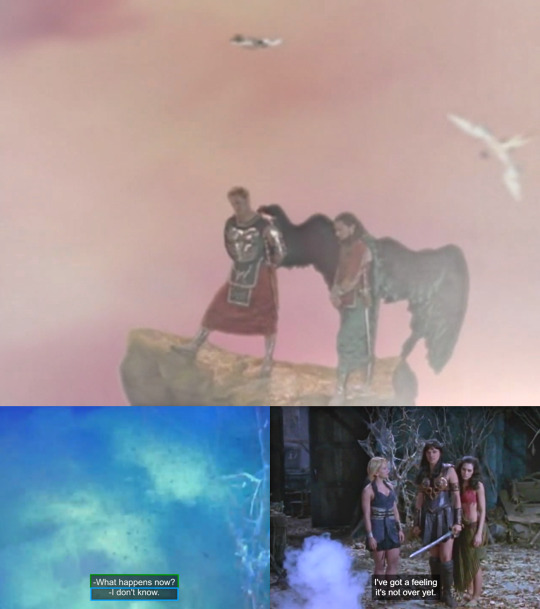
My year thus far has really been something. …Yeah. Everything recently started spinning even faster and more chaotically, so… super yeah. heh Anyway, ’tis my nineteenth mensiversary, so here you go. Newly updated master post and other updates: The people officially connected to the Xenaverse continue to be angels while the rest of my life has largely been plagued by demons. heh

Aren’t they lovely?🥰😍🥰 Also, yes, Ren was thanking me^ for the birthday posts I made for her. D’awsies!!! Also-also, it’s fine if you can’t read the messages; just know that they exist, are full of kindness, and that their authors are the best! 🥲
#xena warrior princess#xena#xena and gabrielle#steven l sears#renee o’connor#hudson leick#Adrienne Wilkinson#appreciation#gabrielle#fan theory#fan observations#fan analysis#cracksubs#meme#xena fanfiction#link post
11 notes
·
View notes
Text
Maris Brood from Star Wars: The Force Unleashed shares a voice actress with Shiva from World of Final Fantasy.
Voiced by Adrienne Wilkinson


#same voice actor#voice acting#star wars#star wars the force unleashed#final fantasy#world of final fantasy#lucasarts#square enix#🇺🇸
8 notes
·
View notes
Text
Flee for Your Life? Wildfires transform hiking in California's mountains
This is an excerpt from an article published on August 21, 2022 in the Santa Cruz Sentinel. I wish so many of our posts were not related to wildfires but fires have become a critical issue in trip planning and trip safety. Make sure you read to the recommendations at the end of the piece.
By Ethan Baron
Andrew Schrock woke around midnight smelling smoke on a backpacking trip late last month in California’s far north.
“I heard what I thought was rain but was ashes on the tent,” said Schrock, 43.
Using a satellite-based device from the Klamath National Forest near the Oregon border, he texted family and friends back home to find out what was happening – but “no one was up.”
He’d had cell service a mile back along the iconic Pacific Crest Trail that stretches from Mexico to Canada, so he set out alone in the dark, got online, and discovered that the McKinney Fire – which has since grown to more than 60,000 acres, killed four people and required the rescue of 60 hikers from the California side of the trail – had ignited behind him to the south the previous afternoon.
Ask anyone who hikes in California’s mountains about wildfires and you’ll likely get an earful about canceled trips, detours, lung-burning smoke and, possibly, harrowing escapes. Backcountry travelers are increasingly finding themselves on the dangerous edge of a changing climate that is driving drought, parching forests, spreading tree-killing beetles and altering weather patterns. Add in heavy vegetation buildup from decades of fire suppression, and you have frequent, ferocious forest fires that scramble hikers’ best-laid plans and demand new tactics for staying safe.
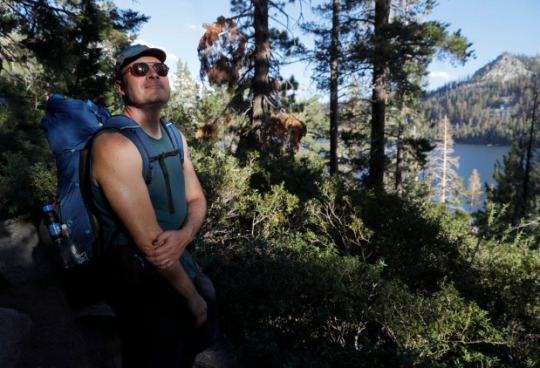
Schrock, of Long Beach, flew from Ashland, Oregon, to Fresno and then caught a bus to Yosemite to get back into the Sierra Nevada and finish his vacation covering more ground and enjoying the wilderness on his multi-year quest to complete the Pacific Crest Trail, he recalled while taking a snack break beside Lower Echo Lake near Lake Tahoe.
Dallan Clancy of Belmont, 68, finishing up a day hike 100 miles west of Sacramento at Carson Pass, said he had to cancel an overnight trip last September in the southern Sierra because the U.S. Forest Service shut access to all but one of California’s national forests over fire risks, including what the agency called “fire behavior that is beyond the norm of our experience and models such as large, quick runs in the night.” Clancy said he and four friends are aiming to do the trip this year, “unless it gets really bad.”
“We’ve always made note of escape routes, but on this trip, we actually planned our escape routes. We wanted to know the routes we could take to get out to a road,” said Jack Daro, a Southern California musician taking a break at Carson Pass during a backpacking trek to Yosemite National Park.

Hikers in years past “just went and did whatever you wanted to do wherever you wanted to go,” Wilkinson said. But 2020 marked a transformation, with the million-acre August Complex Fire, the Creek Fire northeast of Fresno that led to helicopter evacuations of hundreds of people including hikers on the John Muir Trail, and other massive blazes launching California into the age of mega-fires, Wilkinson said.
Nine of California’s 20 biggest fires since 1932 have occurred in the past three years, torching 4.1 million acres, according to Cal Fire. This year’s five biggest blazes have burned 116,000 acres, and “we’re just now getting into peak wildfire season,” Wilkinson said.
U.S. Forest Service spokeswoman Adrienne Freeman noted that fire can move much faster in today’s baked-crisp forests. “The window between OK and not OK,” Freeman said, “is becoming shorter and shorter.”
Backcountry journeyers who think seeing smoke but no flames means they’re fine may be mistaken, Wilkinson said. “Fire can move like a freight train, much faster than a person can run.”
Some hikers have dramatically changed the way they travel. Loetitia Saint-Jacques, 50, a Tahoe City veterinary technician, was on an overnight trip this month near South Lake Tahoe. Before the mega-fires, she and her companions would take long trips into deep wilderness. “We don’t go as remote now,” Saint-Jacques said. “Now it’s shorter trips. We do overnights, instead of five to eight days.”
Long-distance speed-hiker Ella Raff had multiple run-ins with wildfire and its fallout after embarking on the Pacific Crest Trail in June to walk from Mexico to Canada. Last month, the Washburn Fire in Yosemite shrouded her in smoke for two days. “I was just breathing heavy smoke 24/7. It’s not very fun,” said Raff, 29, of Portland. Farther north in California, traversing 85 miles of trail charred from last year’s nearly million-acre Dixie Fire left Raff covered in ash and dismayed by a “surreal” landscape with little animal life.

Soon after, she smelled smoke from the McKinney Fire. As she was nearing the Oregon border, authorities shut the trail ahead. More than 100 miles of the route remain closed, with the fire, which started July 29, now almost contained. Raff made her way to Portland, then to Washington to hike the trail southward from Canada.
Changing jumping-off points, routes, destinations, or timing to cope with uncertainty about fires is now routine for hikers in California. The Caldor Fire, which ravaged 220,000 acres southwest of Lake Tahoe last year from August to October, forced Truckee artist Danae Anderson, 63, to cancel three backpacking trips. “Everything was too smoky up here,” said Anderson, hiking beside Lower Echo Lake. She went to Yosemite instead.
Reckless target shooting by a father and son allegedly caused the Caldor Fire. The inferno’s scar stretches nearly 50 miles southwest of Echo Lakes in a swath up to 15 miles wide, much of it a blackened wasteland of lifeless trees, some downed, some standing without greenery, granite on many boulders shattered in places by the intense heat. More than 80 miles of the Pacific Crest Trail were closed from the fire’s start last August until early this year. Hikers passing through such areas may find water scarce, and standing dead trees can pose a deadly toppling hazard, said Matt Rump, a trail stewardship staffer for the Pacific Crest Trail Association.
Crews take down the most dangerous trees, but because there are so many dead, and they provide important wildlife habitat, officials accept some risk to hikers, under the calculus that “if you get whacked, it’s your time,” said Cheryl Bailey, 73, a volunteer for the Tahoe Rim Trail Association, as she walked along the 2 1/2 miles of the rim trail that run through the Caldor scar and that she’s been helping rebuild.
Some hikers console themselves with fire’s importance to forest health, but many of today’s blazes burn so hot they kill trees accustomed to lower-intensity fires.
In the Echo Chalet store where Schrock, who fled the McKinney Fire, bought snacks, cashier Georgia Sprague, 22, chatted with the trekkers whose ebbs and flows depend on fires and smoke. Many expressed urgency over climate change.
“They feel a lot of a push to get out,” she said, “and see the world before it burns up.”
Wildfire safety tips for hikers
Recommendations for staying safe while hiking in the age of mega-fires:
Check websites such as InciWeb for fire information and PurpleAir for air-quality information before, and if possible during, backcountry trips.
2. Give friends and family your itinerary, always know your location and pay close attention to your surroundings in case you need to retreat.
3. Know whether fires are prohibited where you’re going.
4. Carry paper maps in addition to any digital maps or apps.
5. Use cell phones and satellite-based devices to monitor weather, fires, wind, air quality and alerts such as Red Flag wildfire warnings, and to stay in close contact with people not in the wilderness who may have better access to weather and fire information. Many satellite-based messaging devices such as the popular Garmin inReach also act as rescue beacons; trekkers wishing to stay less connected may prefer personal locator beacons that are only for emergency rescue.
6. Pay attention to signs at trailheads and trail junctions.
7. Gather crowd-sourced fire and trail information from reliable websites and forums.
8. Carry an N95 mask in case of smoke.
9. Watch the sky for smoke, and use your nose to detect it.
27 notes
·
View notes
Text

ASOIAF FANCASTING --> EVERY NAMED FEMALE CHARACTER ABOVE THE AGE OF FIVE, PART V
Alysanne Stark (b. approx. 200 AC): Younger daughter of Lord Beron Stark of Winterfell and his lady wife, Lorra Royce. Beron was a grandson of Lord Cregan Stark through his father Brandon, Cregan's youngest child. Fancast: Siena Agudong.
Alysanne Targaryen (36-100 AC): Daughter of King Aenys I and wife and queen to her brother Jaehaerys I. She was a dragonrider and used her influence to pass several new laws, including the abolition of the First Night as well as the construction of the system which served the inhabitants of King's Landing clean water. She bore 13 children but only her son Vaegon and daughter Saera (who was estranged from the family) outlived her. Fancast: Jodie Comer.
Alysanne Waters (b. 155 AC): Bastard daughter of King Aegon IV Targaryen and his mistress Megette (known as Merry Meg). She was born before Aegon became king, and his father, the then-Prince Viserys, arranged for her and her three younger sisters to be trained as septas. Fancast: Audrey Tautou.
Alyse Ladybright (main series era): The lord treasurer of Sunspear, seat of the Martells in Dorne. Fancast: Gabriela Duarte.
Alyssa Arryn (era of Andal conquest): Legendary member of House Arryn who did not shed a tear when her husband, brothers and children were all murdered. The gods decreed that she would know no peace until her tears watered the Vale. The waterfall named for her, Alyssa's Tears, does not reach the Vale below the Giant's Lance. Fancast: Amy Lee.
Alyssa Blackwood (c. 245-275 AC): Fourth wife of Lord Walder Frey of the Twins and mother of five of his children. Fancast: Adrienne Wilkinson.
Alyssa Royce (b. approx. 120 AC): A lady of House Royce of Runestone, she was presented to King Aegon III at the Maiden's Day Ball which was held in order for him to choose a new wife. Fancast: Mary-Charles Jones.
Alyssa Targaryen (60-84 AC): Second daughter of King Jaehaerys I and Good Queen Alysanne. She gave birth to three sons by her brother-husband Baelon, but only two survived. Her eldest son became king as Viserys I, and his brother Daemon briefly held the position of Prince-Consort whilst his wife Rhaenyra sat the Iron Throne. Fancast: Kristy Dawn Dinsmore.
Alyssa Velaryon (7-54 AC): Daughter of Aethan Velaryon, who was master of ships for Aegon the Conqueror, and wife and queen to Aegon's son Aenys I. Her third and youngest son, Jaehaerys, became king after the death of Maegor the Cruel. Fancast: Viva Bianca.
Alyx Frey (b. 282 AC): Granddaughter of Lord Walder Frey of the Crossing. She is one of the Frey maidens whom King Robb might have married, according to the agreement he made with Lord Walder. Fancast: Roxanne McKee.
Previous
#asoiaf fancast#valyrianscrolls#alyssa velaryon#alyssa targaryen#alyx frey#alyssa royce#alyssa arryn#alyssa blackwood#alyse ladybright#alysanne waters#alysanne targaryen#alysanne stark#asoiaf fashion#allfancasts
25 notes
·
View notes
Text
It is all too apparent that our world is grappling with a climate crisis with an ever-increasing sense of urgency. It can seem at times as though this devastation is not felt as widely as it must be. “All We Can Save: Truth, Courage, and Solutions for the Climate Crisis” edited by Ayana Elizabeth Johnson and Katharine K. Wilkinson is a brightly lit reminder that these feelings do indeed run deep, and there is always hope. This is a profound, precious, palpable anthology consisting of essays, poems, and artwork featuring a diverse array of voices leading the way for sustainability and environmental justice. With endless brilliance and bravery, these artists / activists pool together their wisdom and experience in order to inspire obtainable action, meaningful change, and hopeful resilience.

Within this experiment in hope, we are encouraged and rebuilt from the ground up. The chapters are divided divinely, detailing the need for our intervention, the history of climate activism, reframing our perspectives on what it means to be a climate advocate, instilling us with confidence in spite of the gloom and doom, reconnecting with our compassion, calling us into ourselves, and lastly, most importantly, nudging us into the future. This anthology is structured to speak to several assorted pieces of us, acknowledging the abundance of responsibilities we are lucky enough to possess
“And yet when we talk about climate change, there’s often a hidden resignation-like of course we harmed the Earth. And when we talk about acting on it, there’s also an undercurrent: that it will require a level of sacrifice that is worth it, but just barely. What if, instead, the story we tell about climate change is that it is an opportunity.” Kendra Pierre-Louis, “Wakanda Doesn’t Have Suburbs”
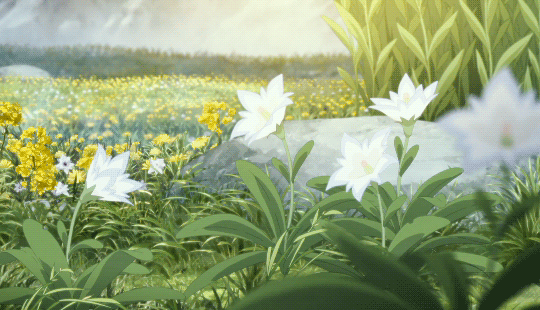
This multifaceted, multidimensional collection geared towards meaningful solutions is a guided exploration of our very own potential. Each piece is a contribution to a grand collage of insight and call to action. The inclusivity of diverse expressions and outlooks of scientists, essayists, authors, artists, poets, politicians, and activists, highlight how much we all have in common, at the heart of it all, regardless of how unique our paths may be. This anthology’s diversity enriches the discussion as well as shines a spotlight on the interconnectedness of the issues at hand.
Amplification of voices that challenge modern narratives surrounding climate change, emphasizing women from diverse backgrounds, opens doors for necessary intersectionality within the conversation. This crisis is a complex one that affects us all, and the solutions will require us all. This anthology reminds readers of the profoundly inspirational powers of art, storytelling, and empathy.

A golden thread interwoven throughout “All We Can Save” is the concept of collective action and the transformative power contained within each and every one of us. As Adrienne Maree Brown writes “Dandelions don’t know whether they are a weed or a brilliance. But each seed can create a field of dandelions. We are invited to be that Prolific. And to return fertility to the soil around us.” This is to say, the power of one can inspire many, and it is our duty to enrich the earth we call home while we are here as well as after we are gone, leaving this brilliance behind us. Each of us has a role to play in this ongoing climate crisis. There are many routes to take and each one is valuable and necessary. Brown goes on to say “ We are constantly impacting and changing civilization- each other, ourselves, intimates, strangers. And we are working to transform a world that is, by its very nature, in a constant state of change.” We are all too capable of changing and therefore we are capable of enacting change. “All We Can Save” calls readers to recognize their personal agency and power.
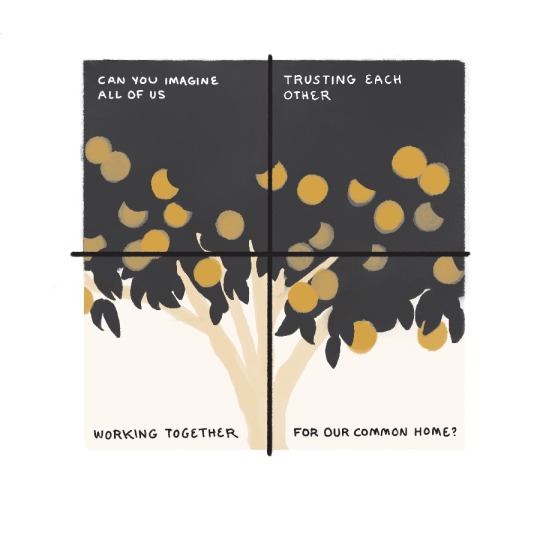
Continuing with the theme of constant continuation, Maggie Thomas writes “If we dare to listen, we can embrace.climate policy as a living document- an evolving, improving set of ideas. If our planet is built upon fluid systems and cycles, why shouldn’t the policies we put in place to protect it be the same.”
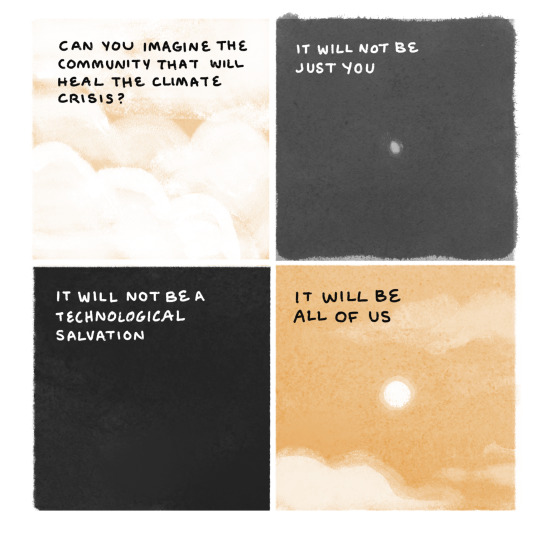
“In a way, our darkness - the knowledge that without our great effort, many or most of Earth’s creatures will vanish- is what reveals the light within, the seed of life and possibility that we share with all of Earth's life, the one that we can carry forward. For better and for worse, we are the ones at the intersection of knowledge and agency.” Emily N. Johnston, “Loving a Vanishing World”
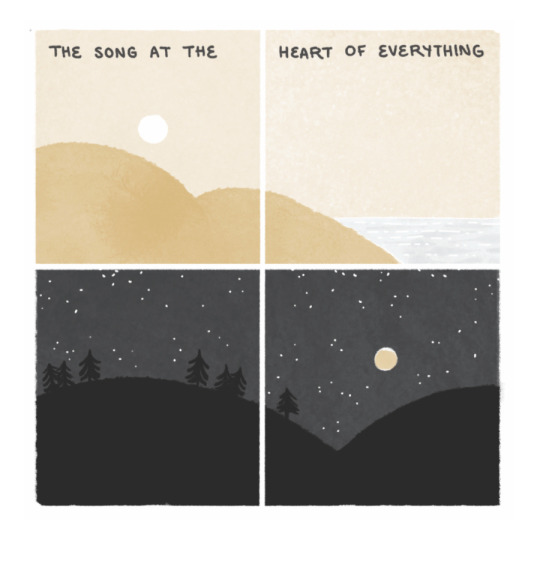
My heart is moved by all I cannot save: / so much has been destroyed / I have to cast my lot with those / who age after my age, perversely, / with no extraordinary power, / reconstitute the world.” Adrienne Rich, “Natural Resources”
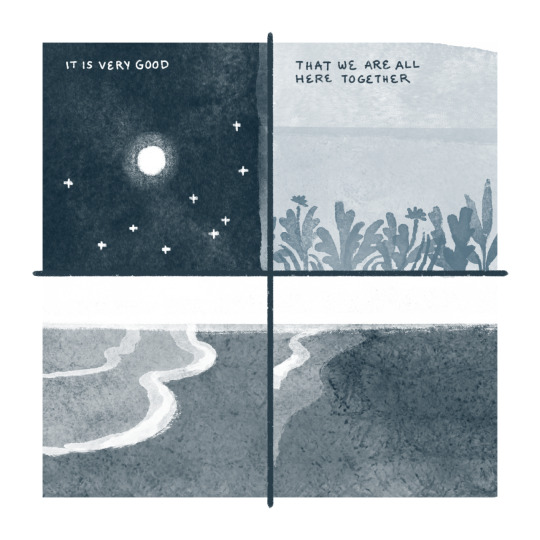
“For This is noble and necessary work, and it is impossible to do alone.” Kate Knuth, “Becoming a Climate Citizen”
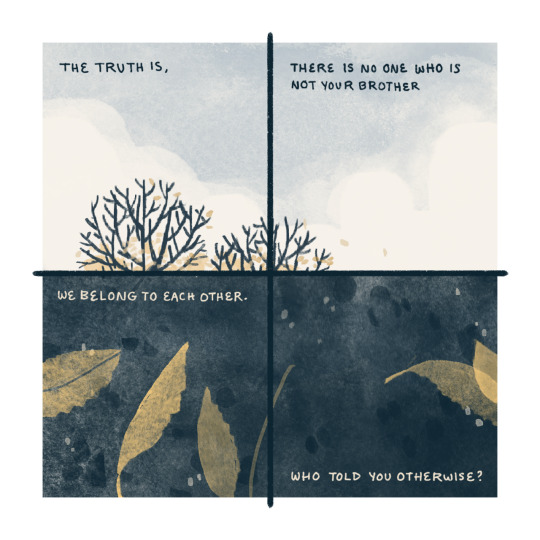
This is a dire time, glimmers of hopes are desired and required desperately. To be immersed in an age of flood and fire can be overwhelming beyond comprehension, and these experts assure us of a simple truth: In order to address a crisis, in order to enact change, it must first be acknowledged. This anthology is a beautiful vehicle for discussion and discourse that is imperative for the possibility of a future. We are not alone, there is always something you can do, there are always people who care.

In “All We Can Save,” Mary Oliver offers a profound perspective through poem; holding humanity’s relationship with nature to the light so we can see it clearly, up close. Mary Oliver has been a poet held near and dear to me long before I discovered this beautiful anthology, and to see her work included within these pages resonated with me deeply. I have always found Oliver’s poeticisms to be rich with hope and a deep loving respect for this natural world in which we reside.
Mary Oliver maintained a prolific poetic career, consistently celebrating the beauty of nature. Her journey began in Ohio, in childhood, in the landscapes that served as solace and superpower. Her writing invites us to slow down and appreciate where and who and what we are. The way in which her poetry can transcend geographical limits, and transport a reader to a new world is an endless stream of earthly inspiration.
One of Oliver’s most iconic works “Wild Geese” has traveled far and wide showcasing the wondrous worlds we each have access to if we allow ourselves to look outside of the chaos we internally create. “Whoever you are, no matter how lonely, / the world offers itself to your imagination, / calls to you like wild geese, harsh and exciting - / over and over announcing your place / in the family of things.” Oliver proclaims the sense of belonging one seeks is always in existence. There is so much humanity to be discovered in the wilderness, we are not so different, we are not so alone.
Oliver’s poetry resonates deeply with an abundance of readers and is often referenced in discussions on nature, hope, and the interconnection of the two. The legacy of Oliver’s work is timeless, and her call to cherish and protect our earth feels magnificently at home within this anthology. Lovers of nature and poetry can feel the reverberations and echoes of her writing throughout the pages of “All We Can Save,” as believers of enduring earthly beauty stand together. There is an invitation for us to remain hopeful, to cultivate senses of wonder, to stand in awe of nature. This invitation is an inspiration, these poems are spells of protection. “Mornings at Blackwater” beckons us, “What I want to say is / that the past is the past / and the present is what your life is, / and you are capable / of choosing what that will be, / darling citizen./ So come to the pond, / or the river of your imagination, / or the harbor of your longing, / and put your lips to the world, / And live / your life.”
A challenge Oliver presents readers with again and again, is to get outside, to pay attention, to look closely, to breathe. A walk in nature can wake one up to the reality of what has become of our world, it can reframe our brains. Oliver spent her life evoking readers to embrace the earth and value their relationship with nature. Not only must we love the natural world, we must realize it loves us back. We are held and cherished within the tapestry of planetary delights that surrounds us.
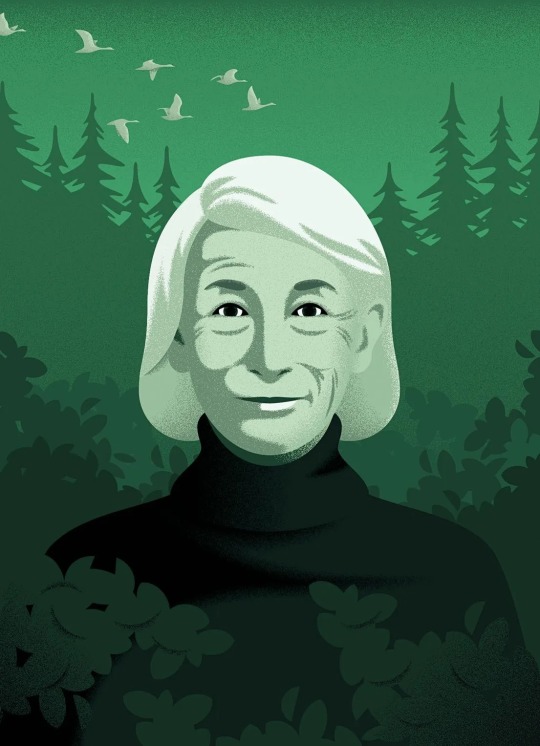
0 notes
Link
On Thursday; #ChattingWithSherri is excited to welcomes back the wonderful, talented and fun; #AdrienneWilkinson on 02/08/24 at 7pm pt; http://tobtr.com/12306590 #interview #xena #startrek #starwars @Yo_AdrienneW
0 notes
Text
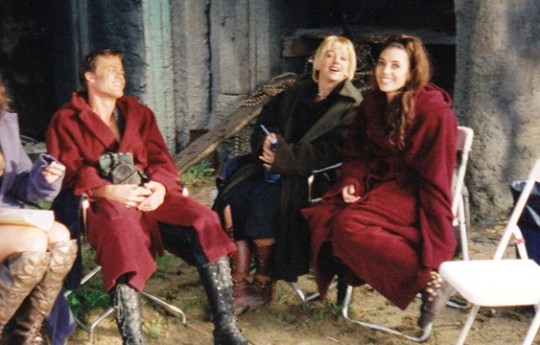
Behind the scenes of "Who's Gurkhan?"
#renee o’connor#adrienne wilkinson#william gregory lee#and lucy lawless' knees#xena warrior princess#bts
17 notes
·
View notes
Link
Behind the Scenes with Adrienne Wilkinson: From On-Set Bloopers to Current Projects
0 notes
Photo
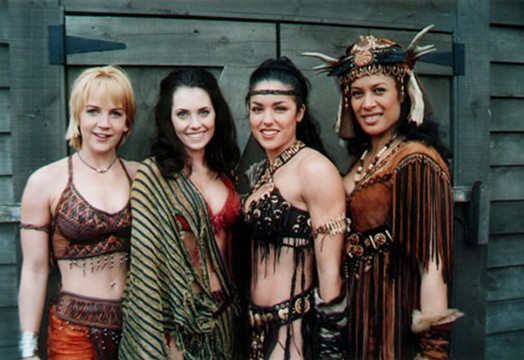
10 notes
·
View notes
Text
Hey Xenites! It's that time again!
0 notes
Text
Rosalind Franklin by Maria Isabel Sanchez Vegara. Illustrated by Naomi Wilkinson
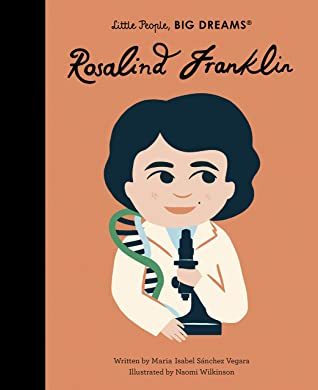
Author: Maria Isabel Sánchez Vegara
Illustrator: Naomi Wilkinson
Age Recommendation: Early Primary
Topic/ Theme: Science, biographic.
Setting: Europe
Series: Little People, Big Dreams
Rating: 4/5
And once again we see a demonstration of the wonderful sexism that existed in the sciences, particularly around the huge discoveries. (Also proof of the strength of Marie Curie's accomplishment if it was ever needed.) This is a lovely book though. It focuses very much on science and academia as settings. Even Rosalind Franklin's childhood dining table looks a bit like the scientific spaces later in the book. All the settings work so well and they fit together. The colours while not what you would expect are bright and cheery, fitting the hopeful tone of the book. The end page choices are fantastic the double helix that makes up the DNA sequence.
There is a reminder in the illustrations that it is largely women that push for the acknowledgement of our forbear's effort and contributions to history. All the people surrounding Rosalind Franklin on the page about the time it took for her work to be acknowledged are women. This book has a large feeling of the power of the female network, one of Rosalind Franklin's greatest contacts was Adrienne Weill French scientist and Marie Curie's apprentice. That female power in what was certainly at the time and to a degree remains a male-dominated industry is a fantastic choice. It makes this book easily recommendable for those young science-minded girls.
#rosalind franklin#ma isabel sanchez vegara#book review#ktreviews#picture story#biography#naomi wilkinson#little people big dreams#booklr
0 notes